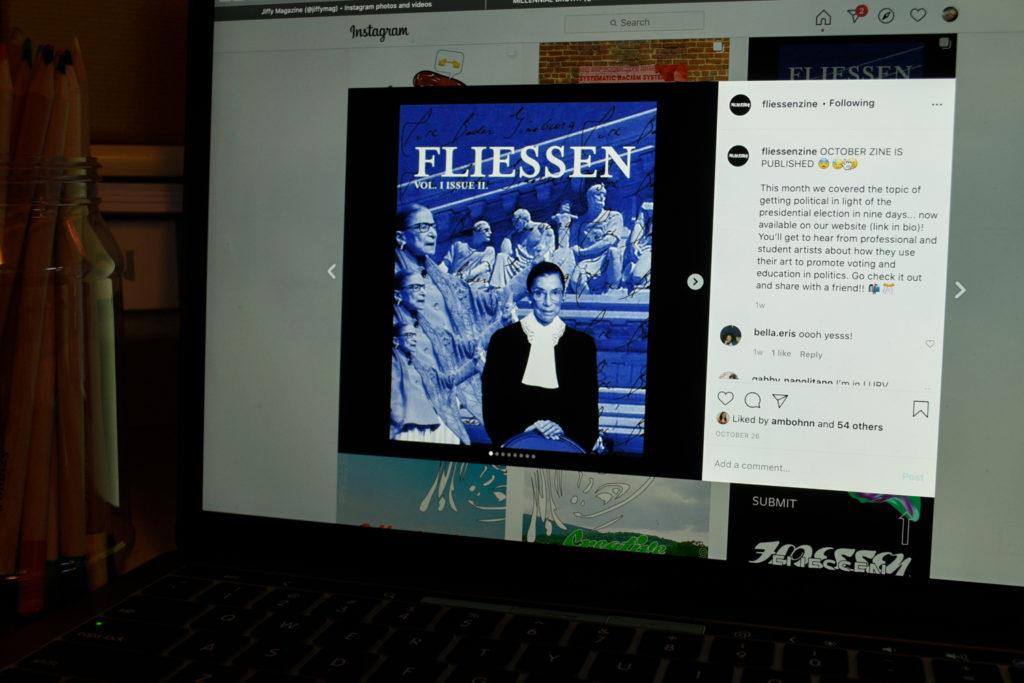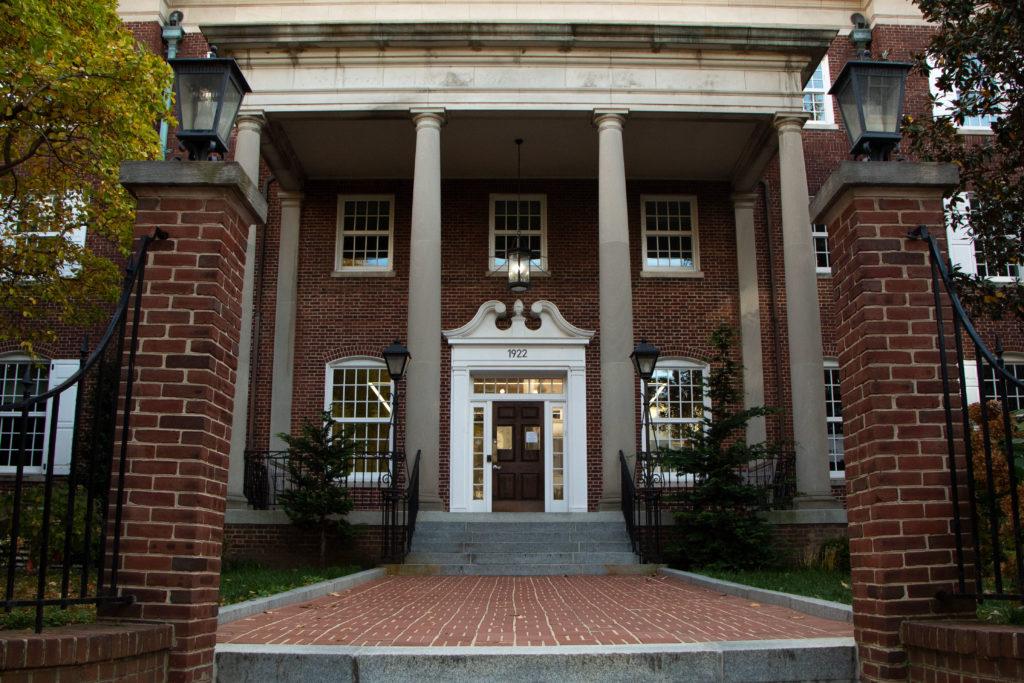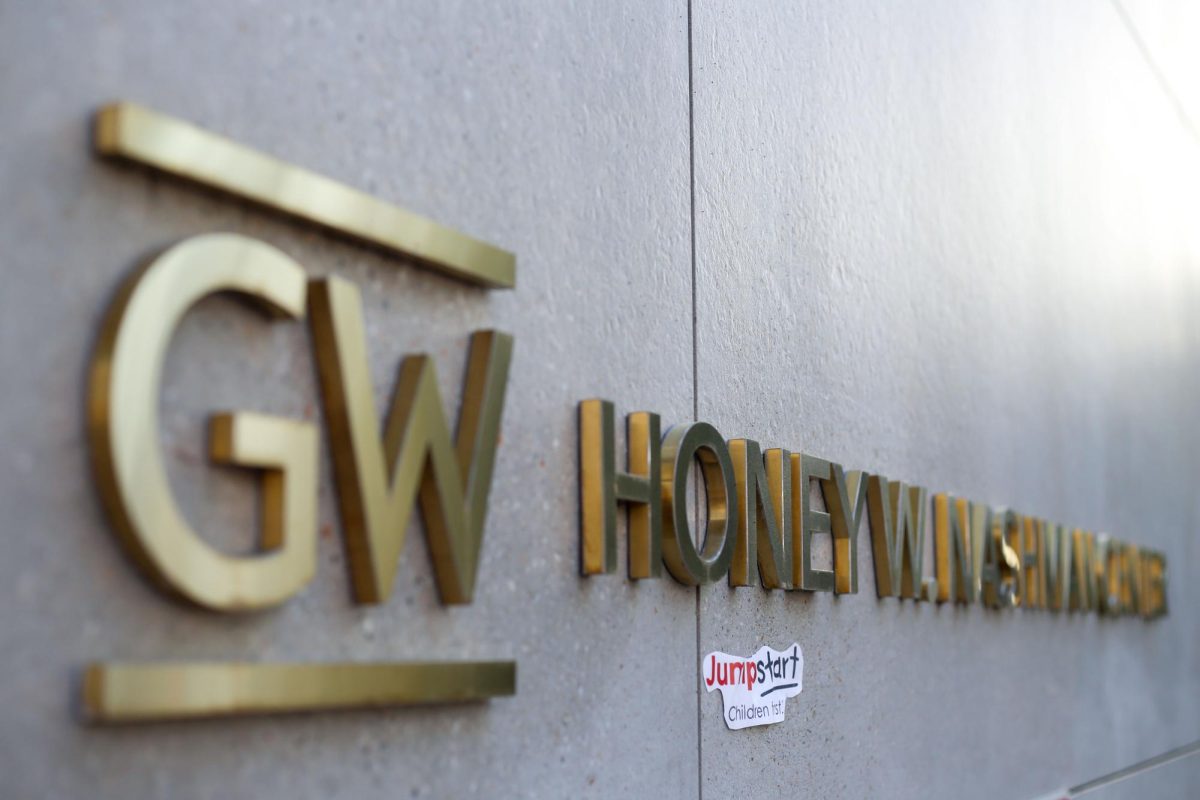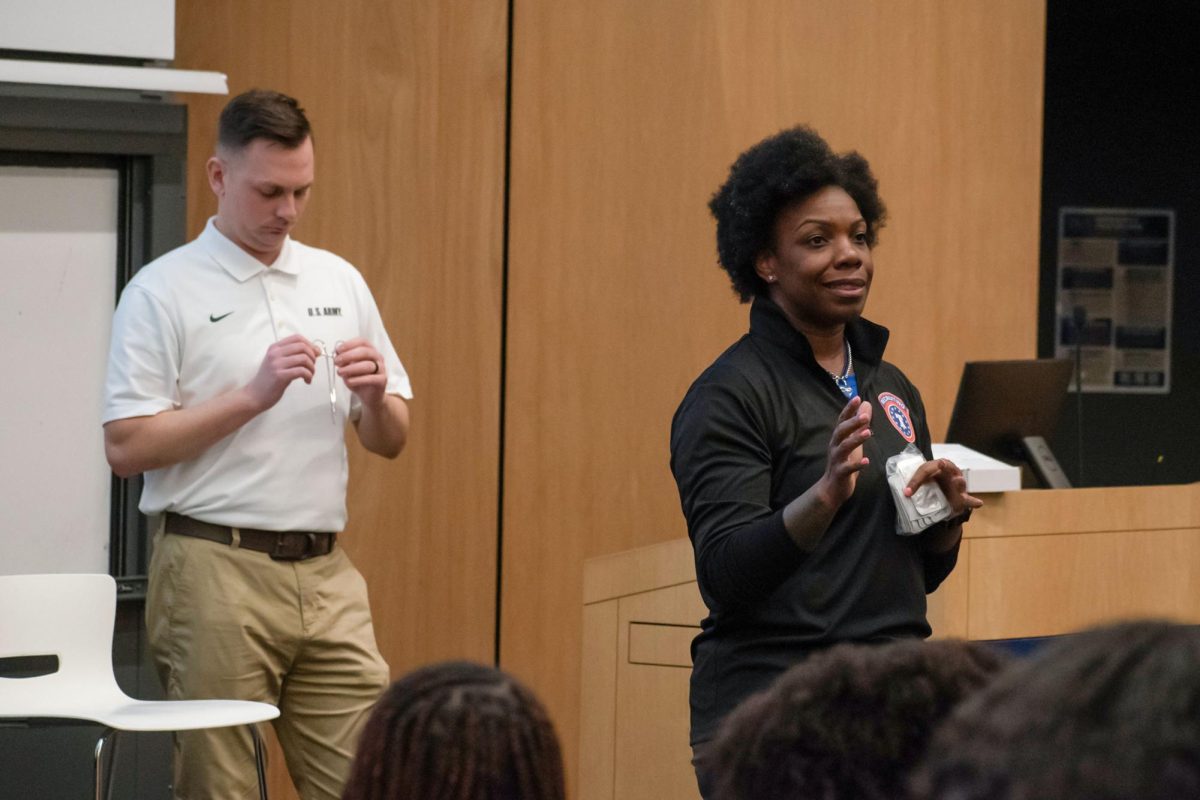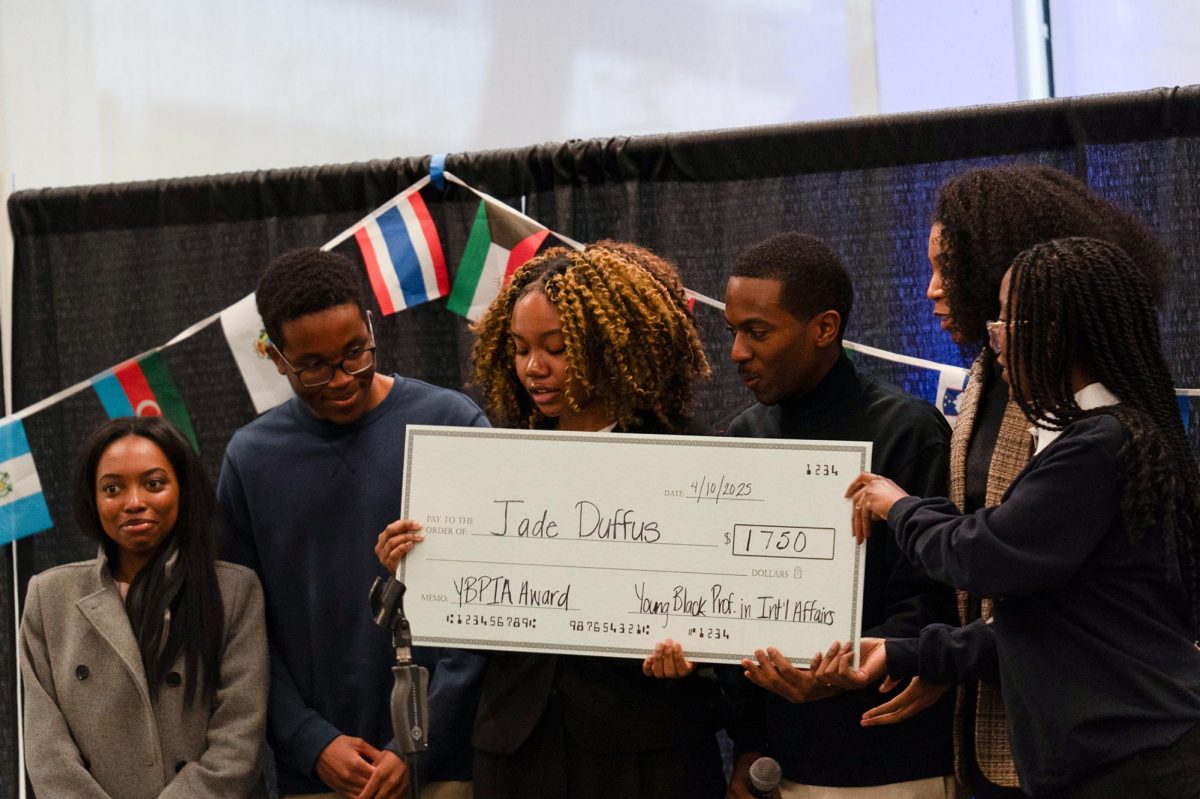In its first full semester, students running two magazines are trying to reach a wider audience through Zoom art shows and discussions.
“Fliessen,” “Jiffy Mag” and “Millennial Brown,” GW’s three new online student-run publications launched in late spring, are expanding their events and audiences to attract “creative” students to share their advocacy and passions in their new monthly magazines. Student leaders said they decided to launch their zines, a type of small magazine that is self-published, for students to express themselves through art on issues affecting students at GW, like the California wildfires.
“Fliessen,” a Corcoran School of the Arts and Design-student-run zine, was co-created in May by two graphic design students who sought to build a community for Corcoran students and has since grown to a group of 12 members who each take a monthly assignment for each edition. The zine – published on the last Monday of each month on Issuu, an electronic publishing platform – has published three editions varying in topics, like how to reinvent studios at home for Corcoran students studying remotely.
Co-creator Emma Caamaño, a sophomore majoring in graphic design and former Hatchet photographer, said she wants more non-Corcoran students to be able to see the art students’ work, especially because the art school’s physical building is far from the rest of campus at 500 17th St. NW.
“We want to show not only Corcoran students that they have a voice but then also everyone else at GW that Corcoran students are more than just the silly little things they do on computers,” Caamaño said.
Sophomore Brianna Hawley, the co-creator of “Fliessen” and a graphic design major, said the group also plans to organize monthly conversations on Zoom after each edition is released on the theme of that month so followers can hear from others’ perspectives and participate in a community space. She said she wants to see more appreciation for design and students’ talents.
“And also, appreciation for design in the sense that it’s everywhere,” Hawley said. “Everything you look at is designed by someone. And you’re going to school with students who practically do that.”
Sophomore Misaal Irfan, the editor in chief for “Millennial Brown,” said the online publication began as an Instagram page in 2018 to inform her friends and family about national and international current events, but she turned it into an online publication with a friend while quarantining in May. She said the publication was created to uplift BIPOC voices.
Irfan said the publication publishes a political article, a culture article and an art piece on its website weekly, written by either a guest writer or one of 20 team members on any topic, like the 2020 presidential election.
She said she hopes the group can also assist students who are interested in expressing themselves find an outlet. She said the group has hosted events with professionals about current affairs, like their summer Underreported Humanitarian Crises series about the Palestinian territories and countries like Yemen.
“I have an extremely diverse team, and genuinely it was not intentional,” Irfan said. “I think we can all speak to, a lot of the times when you’re on a certain team or you work at a certain place, there’s this unspoken kind of sentiment of checking off the diversity box and making sure that your team is diverse. We didn’t have to do that.”
Sophomore Aiza Saeed, the managing editor for “Millennial Brown,” said the team has brainstormed new ideas for events like art shows or open mic nights on Zoom.
She said she is looking forward to being in person next year and holding more collaborative events with student organizations and team members, some of whom she has yet to meet face to face. She said the group has been promoting themselves on Instagram to establish a presence on social media.
“Whenever I see someone on the news or if I hear an article that was written by someone who has a name that I can familiarize with or something, I get very excited because they might have the same opinions as I do, or they might have a more global perspective that many people don’t have,” Saeed said.
Sophomore Kariann Tan, the co-editor in chief of “Jiffy Mag” and a Hatchet photographer, said the zine was created to represent the “diverse” range of interests and passions within the GW community, like music, current political events and D.C. places to explore. She said while it’s been “tough” expanding during the pandemic, the rise in online activism on Instagram has prompted the team to devote more content to issues, like students’ advocacy efforts to attract Generation Z students and voters at GW and beyond.
“The purpose behind our zine is to create a community full of curious thinkers and enthusiasts of pop culture and the GW community,” Tan said in an email. “We wanted it to be a place where you don’t have to actually be a journalism student to join.”
Sophomore Gabriella Bann, the other co-editor in chief of “Jiffy Mag,” said she is most excited to increase coverage of politics and “creative expression” in one platform as a way to represent and celebrate the GW community.
“With our zine we hope to provide students with a place to share their unique ideas and inform others and hopefully be a fun distraction from all the stress in the world right now,” Bann said in an email. “Our aim is to provide students with an outlet for their creativity and further foster a creative community at GW and within the DMV.”


